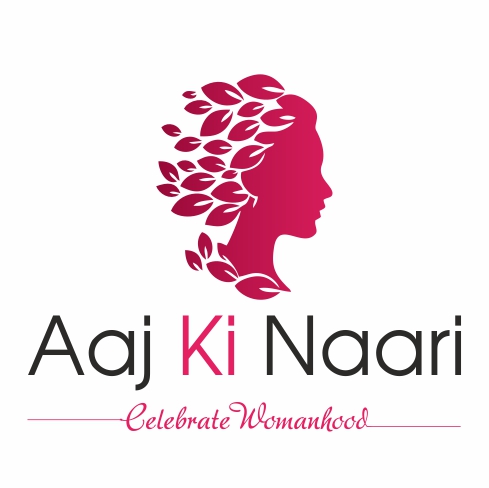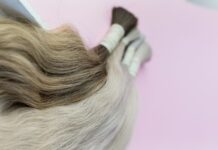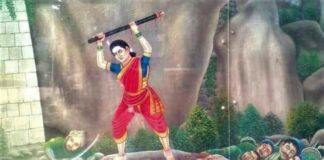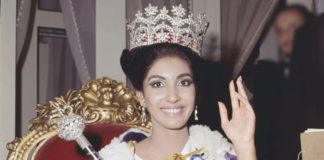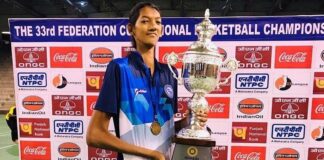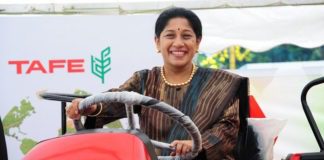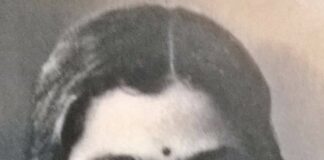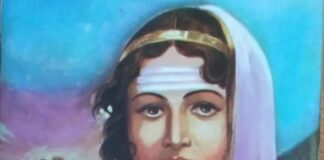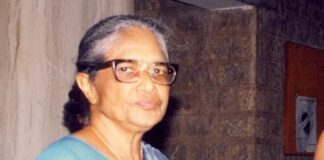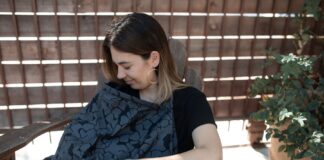In the history of Indian clothing, Saree is considered the national attire for Indian women. It has been in use since the time of the Indus Valley civilization. Although every Indian woman wears a saree daily in the usual style, the design and patterns of Indian sarees have got evolved with time. Here, we will tell you about 15 beautiful hand-woven Indian sarees that every woman must wear.
1. Pochampally Ikkat
Pochampally is a well-known Cotton and Silk Ikat weaving center in Telangana State. The colors of Pochampalli Ikat fabrics are mesmerizing, and even more astonishing is the simple method they use to produce bold geometrical designs of flowers, birds, and animal patterns. The materials used for their weaving are different counts of twisted cotton yarns, silk yarns, and zari, depending upon the quality of the fabric. The Contours of the designs are always hazy; hence, they are perfectly reversible cloth with the same appearance of the design on both sides.
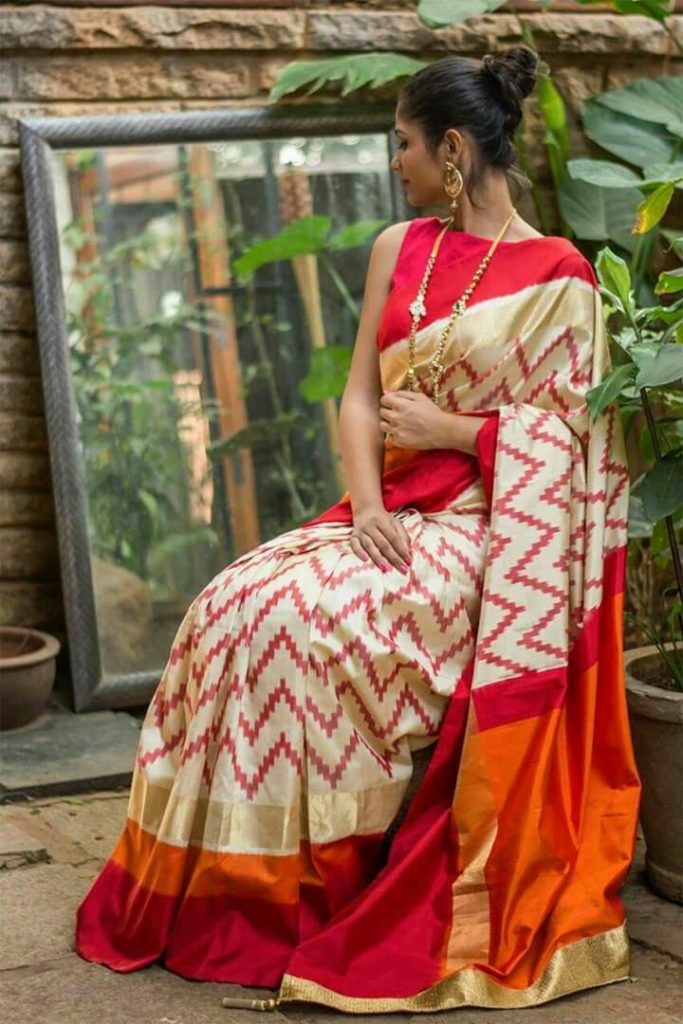
2. Banarasi Saree
We all have heard from our mother that she wants a Banarasi Saree. Banaras, or Kashi, are known for their holy pilgrimage. By the early 19th century, Banaras had emerged as the most important center for patterned silk weaving. The materials used for the Banarasi saree: twisted silk yarn, base fabric, zari, and figuring silk yarn. These sarees have cut edges at the back side of the fabric. These Indian sarees are a must-wear for festivals like Ganesh Chaturthi.

3. Kanjeevaram Saree
Kanchipuram is a city in South India. It is about 70 km away from Chennai. It is also known as the Silk City or the Temple City of Tamilnadu. Kanjeevaram saree is the heaviest among all other silk sarees. In South India, Kanjeevaram Saree is the traditional wedding dress of the bride. The material used to manufacture this beautiful Indian saree is mulberry silk yarn and gold zari. You will be amazed to know that the original gold zari is used in the production of Kanjeevaram Saree. The proportion is 40% silver, 35.5% copper, 24% Silk, and 0.5% gold. The design of the Kanchipuram saree is inspired by the sculptures of temples in the town. The pallu is the specialty of Kanjeevaram Saree; it has a solid border of contrasting colors. This saree is a must-wear for festivals like Diwali and Dhanteras.

4. Bhagalpur Silk Saree
The Bhagalpur silk saree is developed from wild tusser silk. The texture of the yarn is rough; as a result, the saree also has a rough texture. The design pattern mainly consists of stripes, checks, solid color, or surface ornamentation is done once the base fabric is developed.

5. Jamdani Cotton Saree
Jamdani Saree has been in fashion since Mughal Empire. It is a delicate pattern figured with geometric and floral designs. This exquisite piece is weaved in Nadia District in West Bengal. Jamdani is a weaving technique of figured cotton textiles in transparent plain ground with elegant designs. The design pattern on this saree bulges on the fabric since the design thread is coarser.

6. Chanderi Saree
A traditional saree handwoven in Chanderi, Madhya Pradesh, occupies a special place because of its centuries-old weaving specialty of having fine texture fabrics of silk yarn in the warp and cotton yarn in the weft embellished with zari work. The motifs have come a long way from the traditional coin, floral, and peacocks to the geometrics. These sarees are mostly woven on the pit or frame looms fitted with jala and jacquard.

7. Dharmavaram Saree
Dharmavaram is famous throughout the country for its elegant silk sarees. Its silk-weaving industry has made the city renowned in India. Evidence of the origin of Dharmavaram sarees can also be found in the roof wall paintings of the Lepakshi temple near Hindupur. Mulberry silk for both warp and weft is used in weaving the base fabric of the Dharmavaram silk saree. However, zari is extensively used in borders, pallu, and body for ornamentation of this saree.
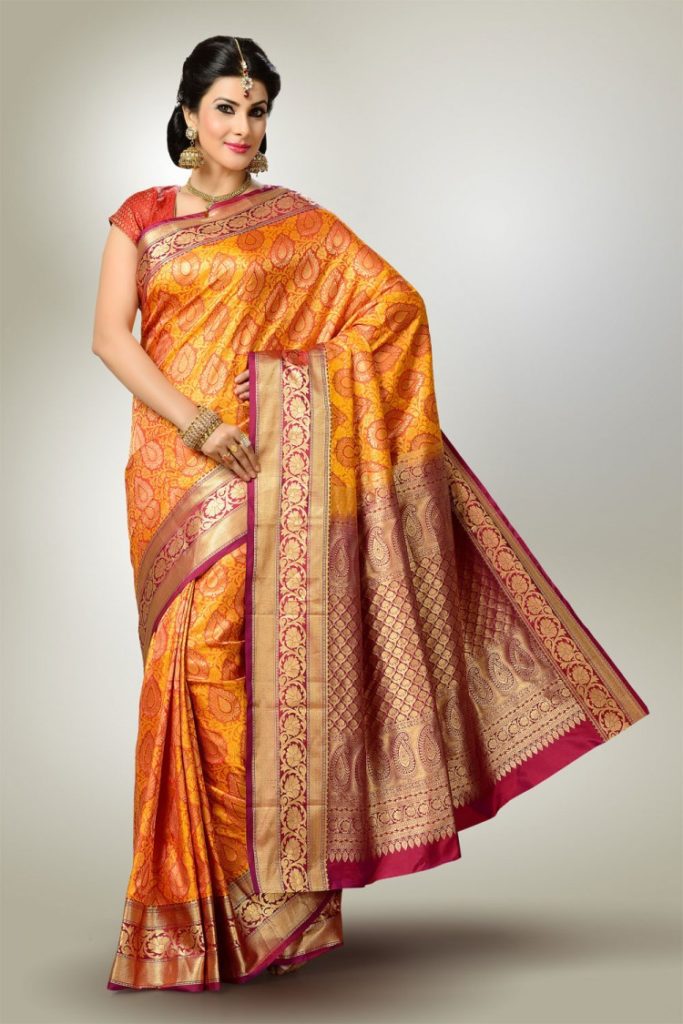
8. Paithani Sarees
Paithani is a variety of saree named after the Paithan region in Maharashtra State, where they are woven by hand. Made from very fine mulberry silk, it is considered one of the costliest sarees in Maharashtra. The primary raw material used for weaving the Paithani saree is Mulberry Silk yarn and Zari. It is woven in a simple pit or throws shuttle frame loom without having any design devices. It is woven by the “Tapestry” technique of weaving which is the most labor-intensive and time-consuming.
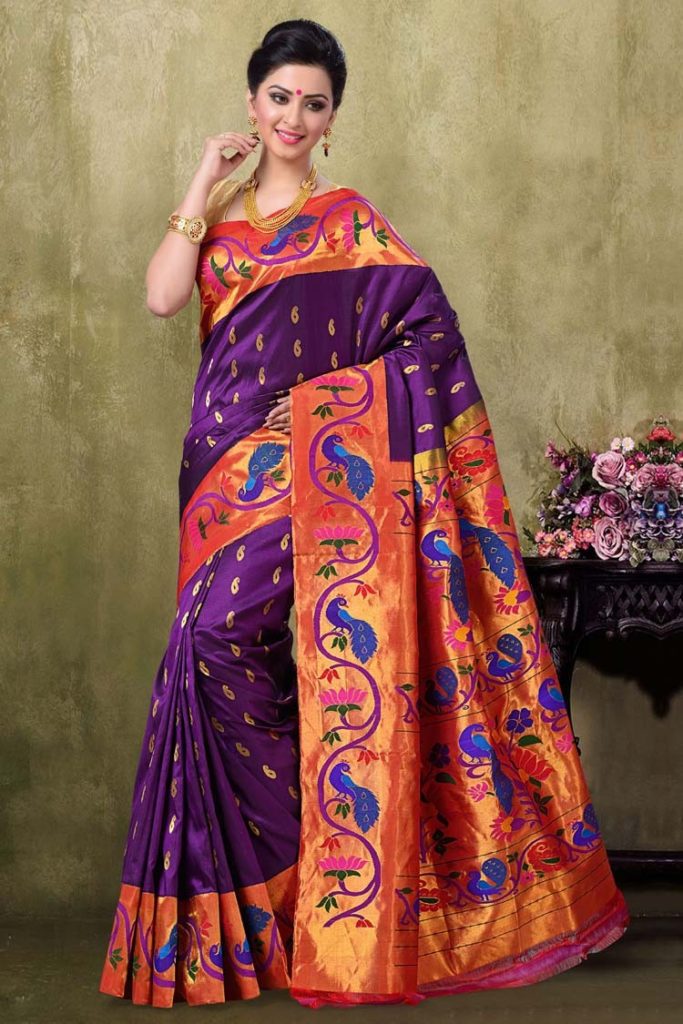
9. Patan Patola
Patan Patola Saree is as beautiful as its name is. It is a double ikat woven saree usually made from silk, made in Patan, Gujarat, India. They are costly. To create a patola sari, the warp and weft threads are wrapped to resist the dye according to the desired pattern of the final woven fabric. It is woven on a special throw shuttle slanted frame loom. The technique of tying and dyeing the warp and weft as per design before weaving is called ‘Ikat.’

10. Balarampuram Saree
Balaramuram Saree is referred to as Kerala Saree in North India. Balarampuram is a small town in Kerala. These hand-woven Indian sarees look beautiful as the design pattern appears very prominently. These sarees are woven in a style that the design appears on both sides of the fabric. There is no usual unfinished or rough appearance on the back side of the fabric. The materials used for the Balarampuram saree are Cotton and Zari. The Zari thread is twisted with a thin silver wire electroplated in gold. This saree has a less starchy finish; hence it is softer to the touch. This saree is a must-wear with a red bindi and Gajra.

11. Baluchari Silk Saree
This fabric is named after the village ‘Baluchar’ located on the bank river of Bhagirathi in the Murshidabad district, West Bengal. These Indian Sarees are famous for their elaborated ‘anchal’ (pallu). It has been eulogized as the “loveliest and most charming of all silks of India.” Baluchari silk sarees can easily be identified from the construction of long pallu, and the placement of its design motifs in perfect rectangular closed corners maintains the continuity of the designs without a break. Baluchi Saree is made with extra weft using silk yarn. The material does not contain jari in it. The main feature of Baluchari Sari is the arrangement of design in pallu by maintaining the corner and cross-border perfectly in boxes ‘Jala’ technique.

12. Arni Silk Saree
Arni is a town in Tamil Nadu; hence the saree is named after this city. Arni Saree is lighter in weight than Kanchipuram Silk Saree. These have bigger and more intricate designs on the border, body, and pallu. These sarees are not made up of pure zari but gold zari. These are woven either with one side border or a double side border.
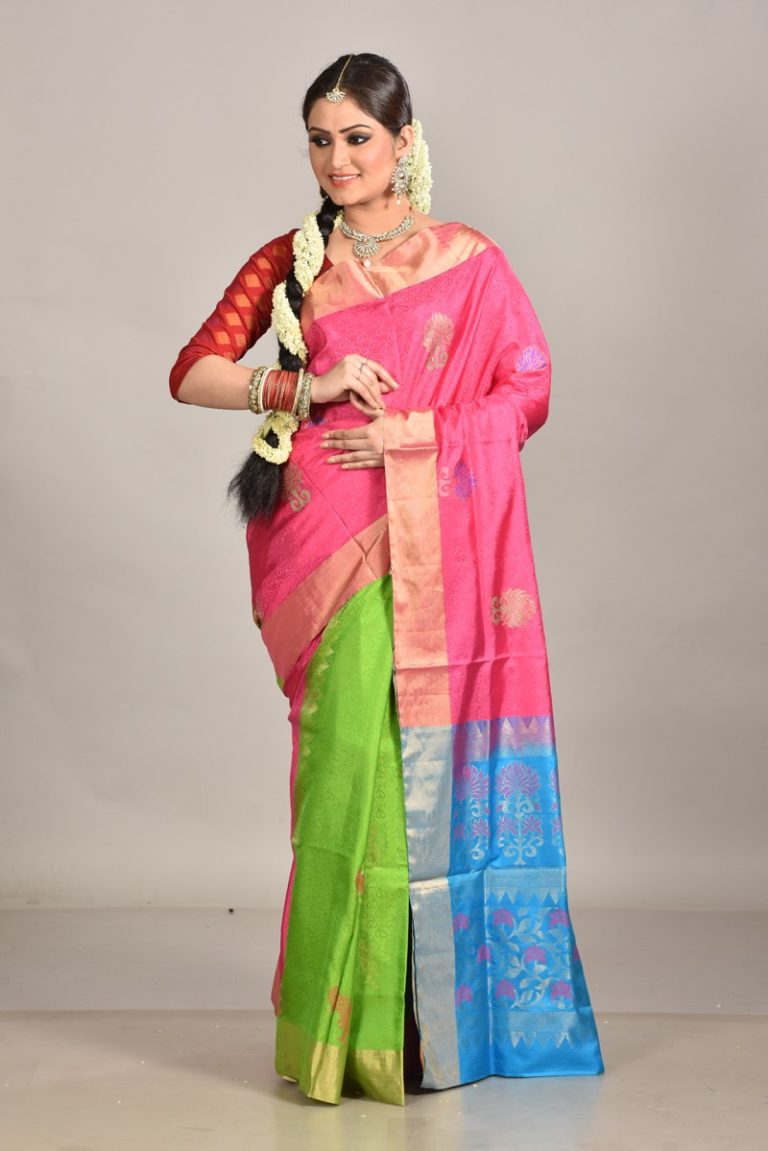
13. Maheshwari Saree
The beautiful concept of the Maheshwari saree evolved at Maheshwar in Madhya Pradesh. These Indian sarees were initially made of pure Silk, but with the passage of time, cotton yarn was introduced into the material. Generally, the border design of the Maheshwari saree is reversible. The design look similar from both sides. These sarees give a royal look at occasions like ring ceremonies, wedding sangeets, Mehandi night, etc.
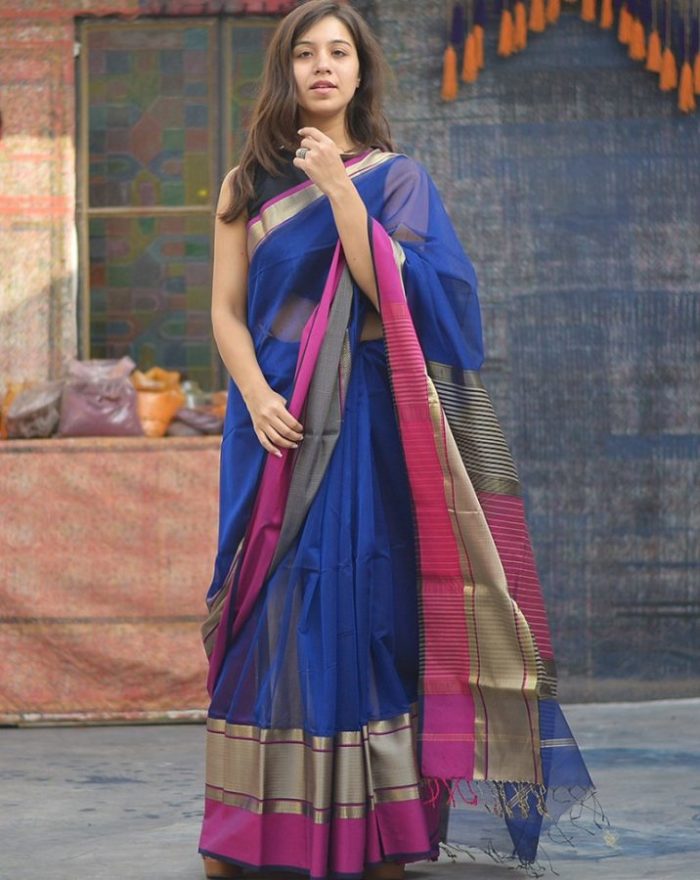
14. Muga Silk Saree
Muga silk is a peculiar product of Assam. The saree developed has luster like gold. The silk produced is known for its glossy fine texture and durability. It can be dyed like any other silk. This silk can be hand-washed, with its luster increasing after every wash.

15. Venkatagiri saree
Venkatagiri, a small town about 60 Km away from Nellore in Andhra Pradesh, is famous for weaving. The Rajas of Venkatagiri have patronized the production of these Indian sarees using fine-count cotton yarns and Pure Gold Zari. Traditionally these were woven in very soft and subtle colors. Many a time, it is white with gold zari in ornamentation. The design pattern is inspired by geometry.
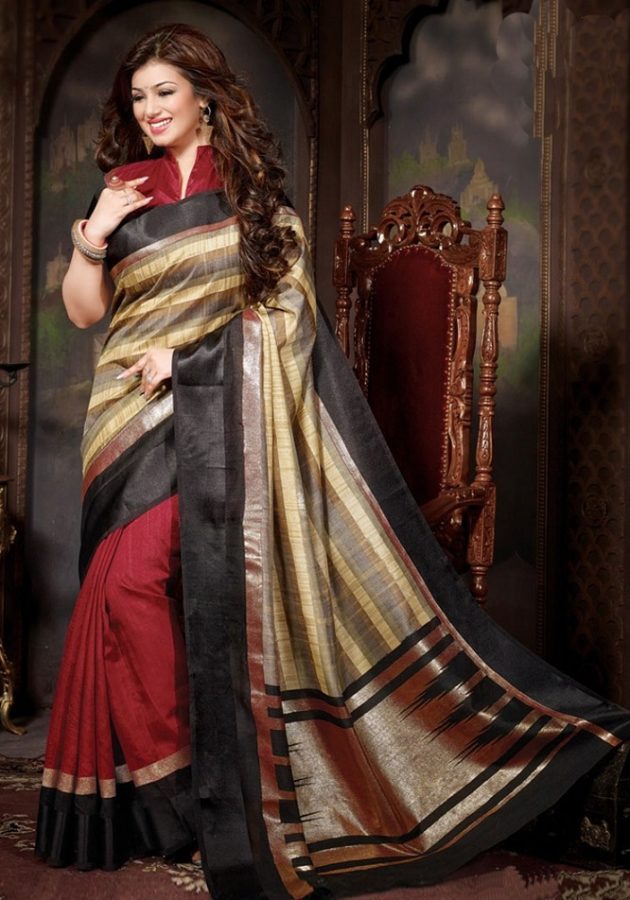

Buy handloom sarees from original source!
Also Read: 10 Must Watch Movies before Buying Your Wedding Lehenga
